Hotspot #31: The Galaxy S25 Edge is amazing. I hope it flops.
Tech isn’t ready for ultra-slim phones, Apple needs a change, and why isn’t Sony more successful

Welcome to Hotspot, your weekly newsletter with three takes on the most important news of the week, which you can read in 3 minutes. If you want to receive Hotspot in your inbox, you can subscribe for it here.
Amid regulatory pressure and legal disputes, Apple keeps making dubious decisions, only fueling the claims that it has lost its way. Instead of listening to the developer community and rethinking its App Store policies, the company is doubling down on its role as a ruthless tax collector. Its latest tactic to keep users within its walled garden is to scare them with warnings that third-party payment systems are somehow less safe than Apple’s own. This move is not only hostile to the developers and users, but it also contradicts everything that made Apple the most successful company in history. Apple used to prioritize its developers, customers, and great design. Now, it appears solely fixated on the 30% fees on App Store purchases. That will inevitably change, but Apple can choose how. One way is through the decisions of regulators and judges on both sides of the Atlantic. Hopefully, Apple will choose the other and rethink its policies so the company’s focus returns to what’s important. If not, we may witness this titan’s downfall sooner than anyone imagined.
Sony just announced another fantastic smartphone that probably nobody will buy. The Xperia 1 VII mixes the best from the smartphone world with the company’s expertise in mirrorless cameras, TVs, and audio equipment. It adds distinctive touches like a 3.5mm jack, an extra light sensor on the back, and front-facing stereo speakers, setting it apart from every other flagship. Its only major downside is Sony’s commitment to only four years of software updates, compared to Samsung’s and Google’s seven-year promises. The result is a phone that’s thrilling on paper but unlikely to sell in meaningful numbers. You might blame the limited availability or the exorbitant €1,499 price tag. I think the actual answer lies elsewhere. Sony’s flagships are yet another example of how the phones people buy aren’t the phones they claim to want. So unless Sony figures out how to make headphone jacks as trendy as iMessage, Xperia will remain firmly stuck in the “Others” section of smartphone sales charts.
The Galaxy S25 Edge is amazing. I hope it flops.
The only way to fully grasp how fascinating the newly announced Samsung Galaxy S25 Edge truly is is to hold it in your hands. On paper, the difference between its 5.8mm thickness and the Galaxy S25+’s 7.3mm doesn’t seem significant, but in practice, it drastically changes how each phone feels. However, the novelty of any phone wears off after a few hours, and that’s when reality kicks in. The S25 Edge’s reality is summed up by its 3,900mAh battery. Paired with the monstrous Snapdragon 8 Elite and 6.7-inch display, that feels insufficient. While the phone’s engineering is undeniably impressive, the compromise it demands appears too great. More importantly, people never really asked for thinner smartphones, especially not at the expense of battery life. As we’ve seen with the iPhone Mini, people prioritize battery life over size. As an admirer of great design, I love experiments like the S25 Edge. As a practical smartphone user, I hope it flops and we don’t get another phone like it before someone solves the battery issue.
Apple should take control of the inevitable changes
Why isn’t Sony more successful?
Sony just announced another fantastic smartphone that probably nobody will buy. The Xperia 1 VII mixes the best from the smartphone world with the company’s expertise in mirrorless cameras, TVs, and audio equipment. It adds distinctive touches like a 3.5mm jack, an extra light sensor on the back, and front-facing stereo speakers, setting it apart from every other flagship. Its only major downside is Sony’s commitment to only four years of software updates, compared to Samsung’s and Google’s seven-year promises. The result is a phone that’s thrilling on paper but unlikely to sell in meaningful numbers. You might blame the limited availability or the exorbitant €1,499 price tag. I think the actual answer lies elsewhere. Sony’s flagships are yet another example of how the phones people buy aren’t the phones they claim to want. So unless Sony figures out how to make headphone jacks as trendy as iMessage, Xperia will remain firmly stuck in the “Others” section of smartphone sales charts.
Further reading
- Apple tries to scare some App Store users away from third-party payment platforms (Alan Friedman/PhoneArena)
- Trump doesn't want your iPhone made in India and tells Tim Cook to cut it out (Tsveta Ermenkova/PhoneArena)
- iPhone 16e should’ve killed the SE — instead, it inherited its worst flaw (Aleksandar Anastasov/PhoneArena)
- This new mid-range phone will debut with AI feature Google hasn't even given Pixel users (Tsveta Ermenkova/PhoneArena)
- Google’s AI image-to-video generator launches on Honor’s new phones (Dominic Preston/The Verge)
- I can't get excited about Android 16's cool redesign (Peter Kostadinov/PhoneArena)
- Meet the Sony WH-1000XM6: More mics, more power, best noise cancellation in the industry (Adrian Diaconescu/PhoneArena)
- Meet the Sony Xperia 1 VII: State-of-the-art chip, bigger cameras, signature design, limited release (Adrian Diaconescu/PhoneArena)
- The Galaxy S25 Edge is live: only 5.8 mm thick, but packing a 200 MP camera and a 3,900 mAh battery (Sebastian Pier/PhoneArena)
- The Galaxy S25 Edge should worry Apple: Samsung’s ultra-slim flagship is undeniably seductive (Rad Slavov/PhoneArena)
Follow us on Google News

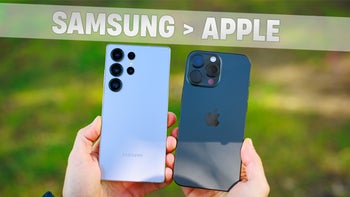
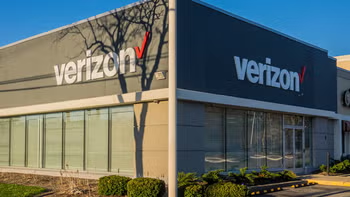
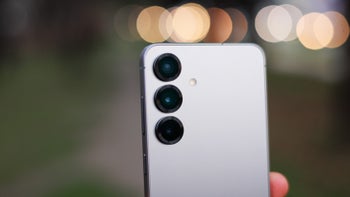
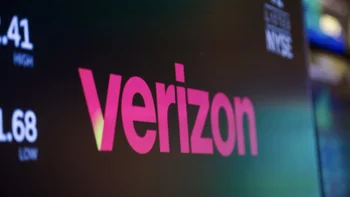
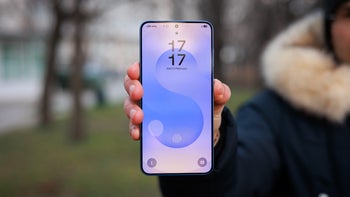
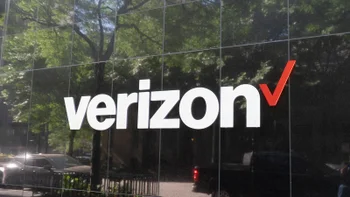
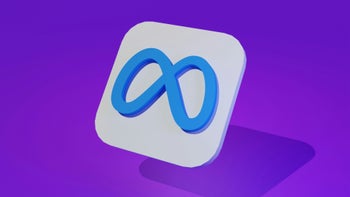

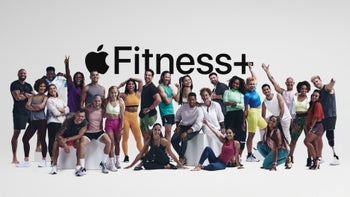

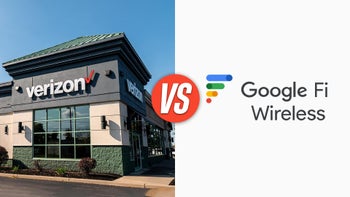
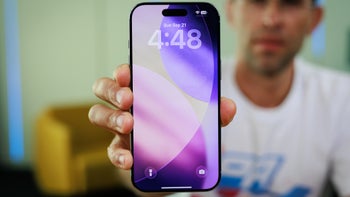
Things that are NOT allowed:
To help keep our community safe and free from spam, we apply temporary limits to newly created accounts: